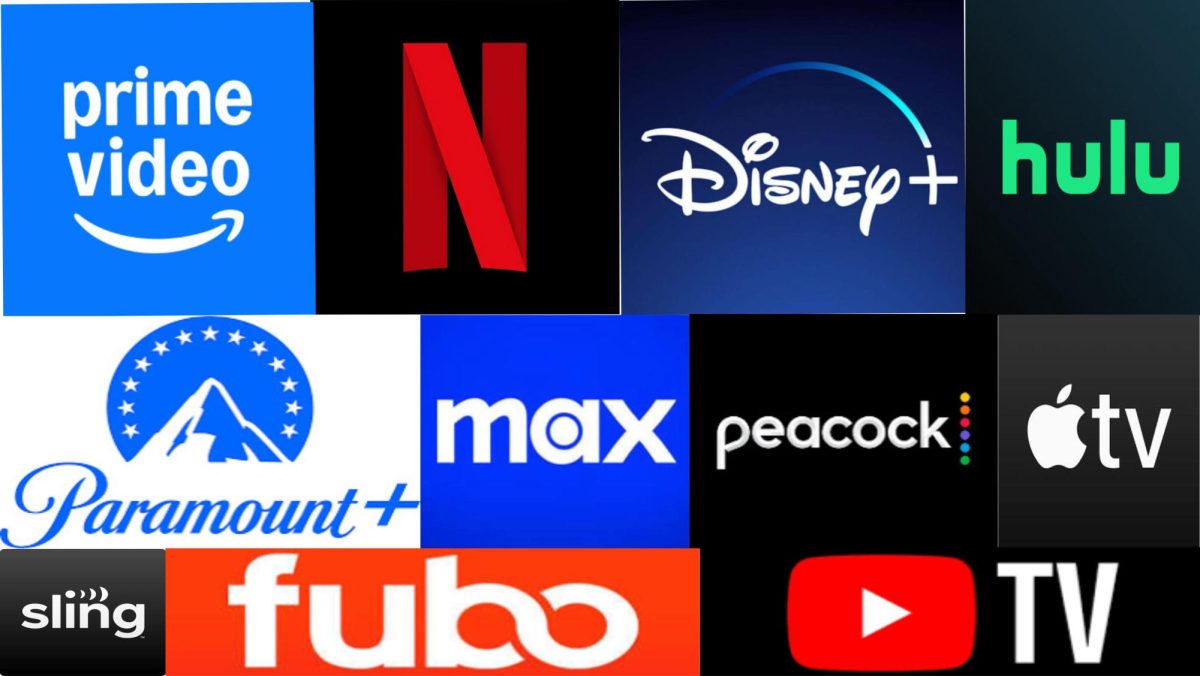It started like any other day. After getting home and hopping on the computer, I instinctively wound up on Facebook. Only this time, instead of my news feed being filled with college announcements and friend requests from the ladies, a viral video had taken over. In a single day, Kony became one of the most recognized names in the country.
The feedback on the video was mostly positive. People were happy and willing to support a charity whose main purpose was to stop an African warlord who captured 5-year-old children and forced the boys to become child soldiers and the girls to become sex slaves.
However, in traditional Internet fashion, a wave of backlash soon developed against Invisible Children, the charity that produced the video.
Some criticized the cause itself, objecting to the reduction of a complicated situation into the life of a single villain whose arrest would magically restore peace in an area with many struggles.
While the video did simplify the situation and spoke in absolutes, it was necessary to get the message across. By simplifying the situation, Invisible Children clarified their message: stop Joseph Kony and the Lord’s Resistance Army (LRA).
Others attacked the organization for being partially funded by a religious foundation, as The National Christian Foundation donated over $400,000 to the charity.
This is not a blemish on the charity’s record, but rather proof that it is a mature and efficient organization that can be trusted to responsibly handle funds from thousands of donors. The fact that a religious group donates has nothing to do with the group’s efforts to stop genocide.
The biggest knock on the charity has been the way the organization breaks down its expenses.
According to the Invisible Children website, 37 percent of the money goes toward direct aid through several programs, and this is the only number used by the charity’s critics.
While the number might seem low, it is important to recognize that direct involvement is not the main purpose of the organization. Invisible Children’s primary goal has always been to draw enough attention to pressing issues so that governments will intervene, not to be directly involved.
According to the Invisible Children website, over 46 percent of the organization’s budget is dedicated to raising awareness, leaving just 17 percent for overhead, salaries and other expenses.
The highest rated charities by the American Institute of Philanthropy normally give around 75 percent of their total income to their programs. Invisible Children gives 83 percent.
Whenever a new fad appears it is easy to attack it. Taking the opposite viewpoint gives the illusion of intelligence, and says, “I know more than you and that’s why I go against the general opinion.”
The fact is, the charity is doing good and has the right intentions. It is fine to hate on something for the sake of going against the grain, but next time, do some research.







